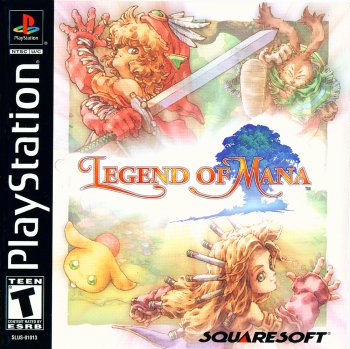
It should not be forgotten that a second game allows you to experience much more challenging game modes than the basic difficulty, and thus giving a very different cut to the game. The construction of the world can therefore have consequences on a playful level and contribute to increasing (or decreasing) the challenges offered by the title of Square Enix, it being understood that the general difficulty is not however calibrated upwards. Furthermore, the further an Artifact is placed away from our home, the greater the difficulty of the newly created scenario. At the beginning of the game, the first task is to decide where to place our house and then build a real world around it using the other Artifacts that we will collect by continuing the adventure and completing numerous quests.Įven the placement of these tools is often not done randomly: some Artifacts can only be placed in specific points, such as bodies of water or deserts. If on the narrative level it is not all roses, on the playful front we immediately begin to get serious thanks to the interesting mechanics of the Artifacts : we are in fact shaping the reality of Legend of Mana through these magical objects that can be placed in a anywhere on the map. Nowadays, a similar setting may seem even less convincing than it already was at the time, although there are some memorable moments, sporadic epic tones and even a touch of genuine humor due to the wacky characterization of some NPCs and the writing. All the more so considering that the narration proceeds following events that are actually not very exciting, certainly less engaging than what the main chapters of Mana have offered in previous years.


On the one hand, this narrative freedom is appreciated, but it remains undeniable that the approach chosen by the team tends to dilute the story, giving the impression that the protagonist’s journey lacks a real purpose.


 0 kommentar(er)
0 kommentar(er)
